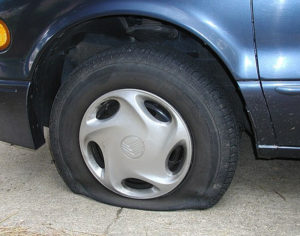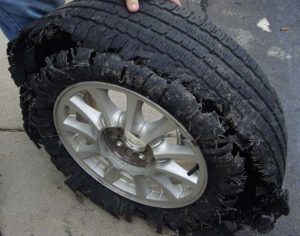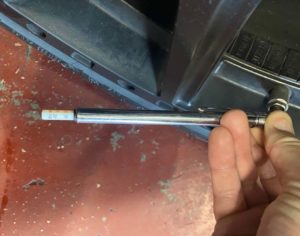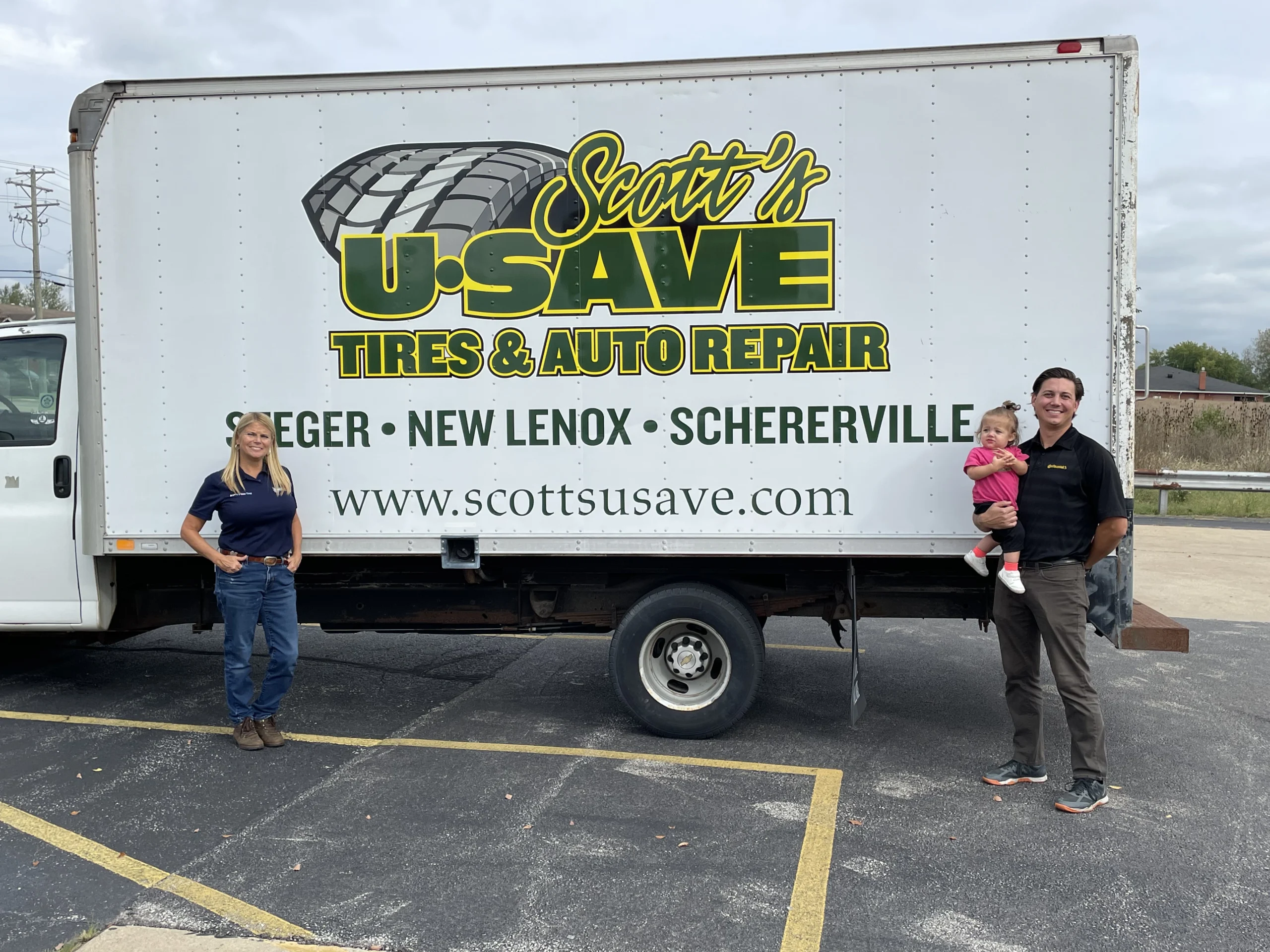Can I Drive with a Flat Tire?
Flat tires are the worst. It’s bad enough when you get a flat in your driveway, but when you get one while driving, it can be even more difficult to deal with. By far the best way to deal with a flat tire is to remove it and put your spare on, but this isn’t always possible. Maybe you don’t have a safe place to pull over, or maybe you’ve never changed a tire before and don’t know how to do it.
In a situation like this, it can be tempting to limp along with a flat tire, but this can be dangerous and cause expensive damage to your vehicle. Read on to learn why it’s a bad idea to drive on a flat tire, and what you can do to get your vehicle to a safe place to fix it!
Is it Safe to Drive With a Flat Tire?
The short answer is NO. It would be best if you did not drive on a flat tire. Not only is it a safety risk, but you can also cause more damage to your vehicle.
Poor Handling and Traction
Driving on a flat tire is a safety issue. If one tire has no air pressure, the handling characteristics of your vehicle will change significantly. Acceleration, cornering, and braking will all be impacted and can put you at risk of getting in an accident.
Damage to Wheels
Tires are mounted on the wheels of your car and filled with air. Air pressure keeps the tires inflated and the rim off the ground. When a tire is flat, the weight of your car will be placed on the metal wheel. Driving on the rim can result in bending or other damage. Depending on the severity, the wheel may need to be replaced entirely.

Damage to Other Components
Beyond wheel damage and safety, driving with a flat can cause your vehicle to come out of alignment or damage the steering and suspension systems.
What to do If You Can’t Change a Flat
If you are in a situation where you are unable to put your spare tire on, you should do everything you can to avoid driving. The options you have will vary depending on the severity of the damage to the tire.
Fix-A-Flat
If you have a small puncture, a can of Fix-A-Flat will let you drive further to get help. Fix-A-Flat contains both air and tire sealant and will give you temporary mobility. You should not use it as a permanent solution though.
Call a Tow Truck
In the case of severe blowouts, the tire damage may be so substantial that no amount of air or Fix-A-Flat can help. If you see chunks of rubber or the tire has dismounted from the rim, your best bet is to call a tow truck if you can’t put on your spare.

How to Avoid a Flat Tire
The most obvious way to avoid driving on a flat tire is to not get a flat in the first place, but that is not always possible. Collisions with road debris and potholes can cause unplanned blowouts. However, keeping track of the condition of your tires can help prevent small leaks from leaving you stranded.
Check Tire Pressure Every Month
Driving with low tire pressure can put you at greater risk for flats or blowouts.
Manually checking your tire pressure is a great way to help prevent flats. While most modern vehicles have systems on board that monitor tire pressure, they may not alert you until the pressure drop significantly. Handheld tire gauges are inexpensive and can be bought at a local auto parts store.
When checking tire pressure, be sure to do it when the air in the tires is cold, around 3 hours after driving. When you drive, the air in the tires will expand and throw off the reading.

If you are unsure what your tire pressure is supposed to be, you can usually find this information in the driver’s side door jamb.
Get your Tires Rotated and Inspected
Tire rotation keeps tread wear even. They also provide an opportunity to have your tires inspected for damage and tread depth.
Consider Run-Flat Tires
If you want to take the worry out of getting stranded, run-flat tires are a great option. Run-flat tires are engineered to support the weight of your vehicle even when they go flat, allowing you to temporarily continue driving. Most run-flat tires offer a 50-mile flat-driving range at a maximum speed of 50 miles per hour. In the majority of situations, this should be more than enough to get you to a safe place to pull over, or a tire shop like Scott’s U-Save.
Final Thoughts
If you have standard tires, you should not drive if you have a flat. Depending on the severity of the damage, a can of fixing a flat or calling a tow truck are your best options. Regular tire maintenance can help prevent a flat tire, and run-flat tires can solve the problem altogether.
Tire Services at Scott’s U-Save
Whether you need flat tire repair, new tires, or tire rotations, Scott’s U-Save is your one-stop destination. We have three locations in New Lenox IL, Steger IL, and Schererville IN. Give us a call or schedule an appointment online today!
Schedule An Appointment
Whether you're shopping for tires, looking to lift your truck, or need auto repair, Scott's U-Save is here to serve you! Schedule an appointment online or call today!
Get In Touch

